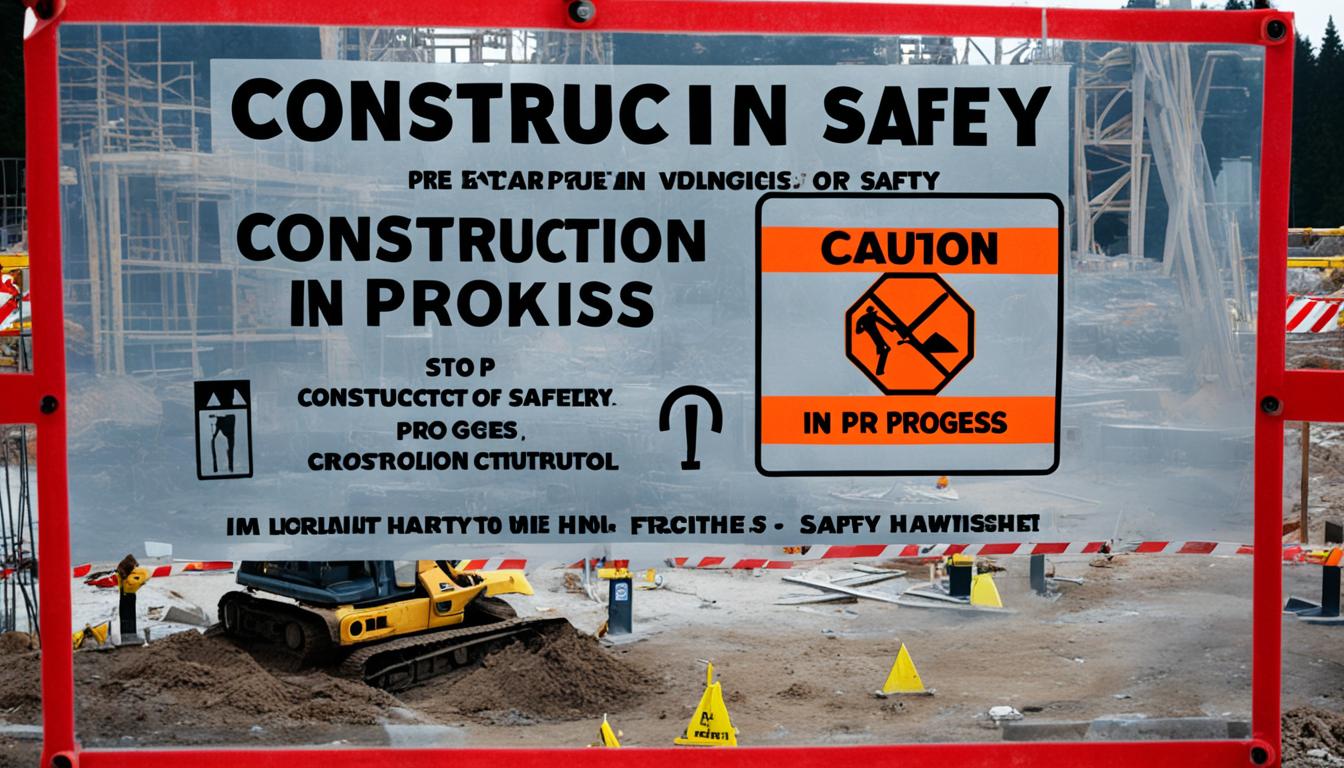Investing in real estate takes careful planning and detailed research. Success in this field requires understanding land acquisition strategies and detailed research. We look into the essential steps for successful real estate development.
Key Takeaways:
- Understanding different land purchase methods is crucial for making informed investment decisions.
- Investors should evaluate funding sources for development and choose between self-funding or external financing.
- Ensuring regulatory compliance and obtaining necessary licenses and NOCs are essential to avoid legal complications.
- Considering geographical and policy factors helps investors assess the investment landscape.
- Conducting micro-level research, focusing on location, growth potential, and market trends, assists in making informed decisions.
Understanding the Financial Structure of Land Acquisition
When you invest in real estate, understanding the financial structure is key. It helps you make smart choices and see how well the developer is managing the project’s money.
It’s vital to know if the land is fully paid for or still on an installment plan. This shows the developer’s stability and the level of risk in your investment.
How the land was bought matters too, like through EMI or directly from a local authority. Looking at if the developer uses their own money or loans helps understand the project’s financial health.
To truly understand a real estate project, look into its financial setup. This way, you can better judge the risks and make decisions that fit your financial plans.

Understanding the financial structure of land acquisition is crucial for making informed investment decisions.
Ensuring Regulatory Compliance and Permissions
When you invest in real estate, it’s key to make sure the project has all the right permissions. This means checking for licenses and No Objection Certificates (NOCs). By doing this, you avoid troubles that could pop up later on.
Holding these documents shows the project follows the rules and is approved by local officials. It gives investors confidence and means the project can move ahead without legal hitches.
It’s wise to be careful with offers before a project officially starts. Make sure to check everything about these early projects. This means looking into their permissions and making sure they’re legal.
By being careful, you lower the chances of problems with a project’s legal status. It’s safer to put your money in projects that are legally solid. This is better for the project’s success and your profit in the long run.
“Investors should exercise caution when it comes to pre-launch offers. It is important to thoroughly evaluate pre-launch projects and verify that they have all the required approvals and legal compliance in place.”
Highlighting the need for regulatory checks is crucial for real estate deals. Doing your homework and getting advice from experts can help you make smart decisions. It lets you avoid legal pitfalls and invest your money wisely.
Image:

Adding the right image can help readers understand the importance of being cautious. It shows why careful research, especially before investing, is so vital. This part is crucial for making the text more engaging and informative.
Considering Geographical and Policy Factors
Understanding each state’s geographical and policy factors is key in real estate investment. These aspects shape the investment environment and affect your investment’s success. Every state has its own set of rules and development strategies for the real estate market.
Investors need to look at the big picture. They should perform a Pestal analysis. This looks at the state’s Political, Economic, Social, Technological, Environmental, and Legal aspects. Examining these areas helps you see the risks and benefits of investing there.
“State-specific policies dictate the rules of the game in real estate investment. Conducting a Pestal analysis helps investors comprehend the external forces at play and make informed decisions.”
A Pestal analysis looks at everything from political stability to the legal system. It helps investors understand a state’s real estate market. This includes things like economic trends, social impacts, and legal issues.
It’s smart to consider both the place and its policies in your investment plan. This method helps you make choices that fit the state’s unique situation. With a detailed analysis, you can handle the market’s challenges and pick investments that lead to success.
Using Pestal Analysis in Real Estate Investment
Imagine you want to invest in a state with strong economic growth and real estate support. A Pestal analysis can warn you about upcoming issues. It might highlight political troubles or building restrictions because of the environment.
Another plus of Pestal analysis is the ability to compare states. You can see how they stand in terms of stability, economy, and laws. This comparison shows you where investment conditions are best.
Real estate investment requires looking at the big picture. It’s not just about the property. It’s also about external factors that can change its value. By adding Pestal analysis to your plan, you get a full view of a state’s policies and market influences. This could help you make better investment choices.

Conducting Micro-Level Research
When investing in real estate, looking at it from an investor’s view is key. Thorough research is essential for good decisions. This means looking deeply into the location, its growth potential, what facilities are available, and market trends.
The right location greatly affects a real estate venture. Investors should check the area’s access to important places and its safety. They should also think about how the neighborhood might grow in the future.
Seeing the growth potential of an area is vital. Investors must look at the area’s current and expected growth. This involves checking the area’s population growth, job markets, and the economy.
Fine amenities can draw in tenants or buyers. These can include schools, health care facilities, parks, and places to shop. Such extras make a property more attractive.
Market trends shed light on the real estate market’s needs and offerings. By looking at these, investors can spot areas on the rise. This can guide them to properties that fit their investment goals.
It’s best to make decisions based on careful analysis instead of personal feelings. Deep research helps investors know they’re making the right moves. This lowers risks and boosts success chances.
“Successful real estate investors understand that conducting micro-level research is key. It lets them judge a property’s potential success well, aiding in making smart investment choices.” – John Smith, Real Estate Investor
An investor’s viewpoint along with solid research helps in understanding and profiting from the real estate market. It makes sure investment choices are logical and well-informed, avoiding risky speculation.

The Importance of a Holistic Approach
For a full analysis, investors should look at more than just the location. The property’s state, chance for updates, and any legal limits matter too. A holistic view makes sure every important aspect is reviewed.
- Property Condition: A through check uncovers any hidden problems that might affect the investment.
- Potential for Renovation or Development: Finding ways to improve or grow the property can increase its value.
- Legal and Regulatory Considerations: Knowing the property’s legal requirements is crucial for future plans.
Looking at these extra factors deepens an investor’s understanding. This approach can lower risks and increase real estate success likelihood.
Conclusion
Investing in real estate is like a chess game. It needs you to be smart and plan ahead. You have to look closely at the money side, rules, and where things are happening. This helps to cut down on the chances of losing money and boost how likely you are to make a profit.
To win in real estate, think about where you can buy land that’s not used yet but will grow in value. Buying such land sets you up for possible big earnings in the future. It’s also key to pick the right spot that meets your goals and is in a good area. Check well on how the area’s set up, the facilities nearby, and what’s trendy.
Also, joining small lots to make bigger pieces can make a big difference in real estate profits. This can bring down the cost, make big projects possible, and appeal more to buyers. Think about combining lands that touch each other or are very close. This way, you can use what you have better and have a clearer plan.
To do well in real estate, know your land buying, area selection, and land merging tricks. With a sharp plan and deep look into things, you can stand out in the real estate crowd for years to come.
FAQ
What are some common land acquisition strategies?
Common strategies to get land involve buying it directly from the seller. You can also get land through auctions or tenders. Or, you might form a joint venture with someone who already owns the land.
How can I understand the financial structure of land acquisition?
Understanding the money behind getting land means knowing how it was paid for. Is it all paid up or on an installment plan? Also, see if the developer used their own money or a loan.
What should I consider to ensure regulatory compliance and permissions?
To make sure everything is legal, check that the project has all its permits. Watch out for deals before they are officially launched. It’s safer to invest in projects that are fully legal.
How do geographical and policy factors impact land acquisition?
Where you buy land and the rules there can really change things. Investors need to look at the local area and its policies. Doing a Pestal analysis helps to see the big picture. It’s all about understanding how outside aspects affect your investment.
What is the importance of conducting micro-level research in real estate investment?
Deep research is key when investing in real estate. Look closely at the location, how it might grow, what’s around, and market trends. This kind of analysis, not just a guess, helps you pick the right investment.
What are some land banking strategies, site acquisition planning, and property consolidation methods?
Land banking means buying land to use or sell later. For site acquisition, you need to find and get land suitable for your projects. Merging properties is another way to create bigger chances for development.